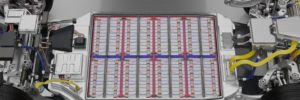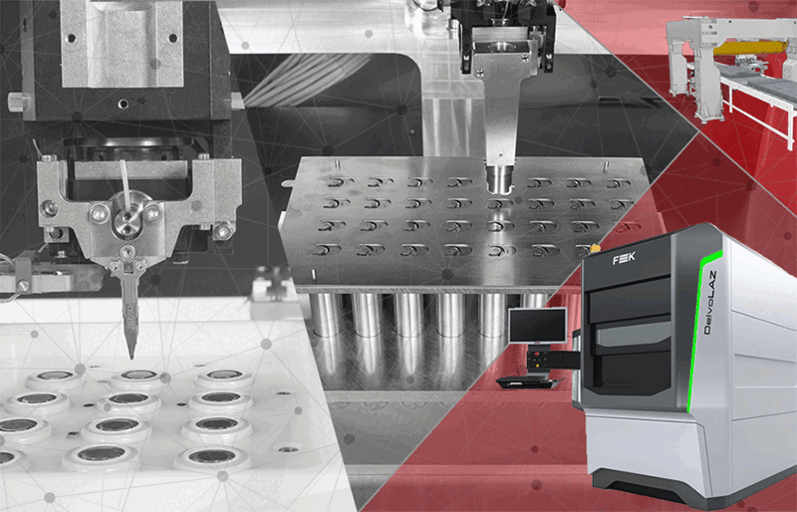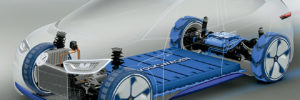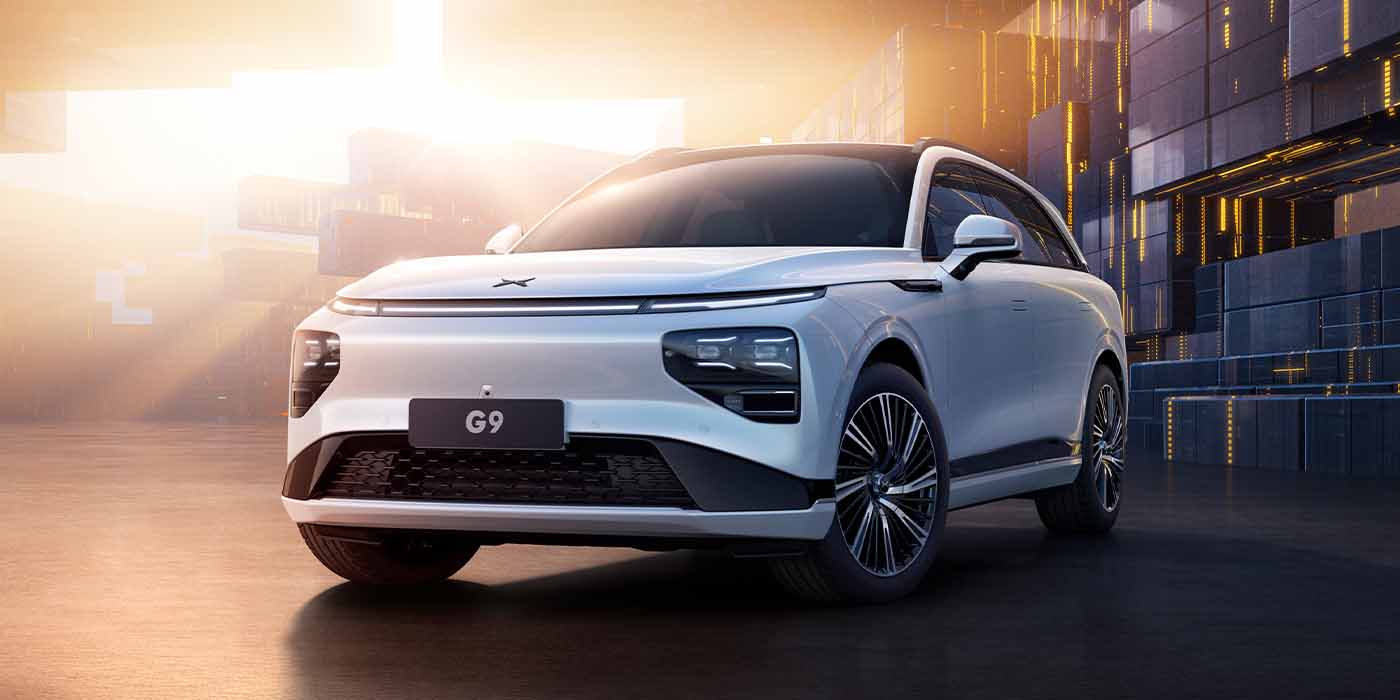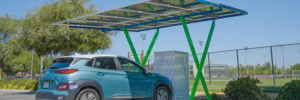
A portable, self-contained charging station would be mighty handy in a variety of applications—events, emergency backup power, or maybe just a location where it’s not practical to install a permanent grid-connected charger. We’ve reported on several companies that offer such products, including Envision Solar and 3ti.
Now Paired Power has introduced a new entrant to the category. PairTree is a “transportable solar canopy with built-in EV charging capabilities.” It features a modular, fast-install design, and can be used with or without a grid connection. The company says PairTree can be installed in a single day with just two workers, using standard hand tools, with no need for permits or heavy equipment.
PairTree can optionally include up to 40 kWh worth of LFP batteries, and is designed to optimize EV charging loads. It is available in 5 kW modular units, each with ten bifacial solar panels, and is designed to be installed side-by-side in multi-unit configurations. The unit offers Level 2 EV charging, and 120 V outlet panels can be added to provide emergency or temporary power.
PairTree can be equipped with customizable specifications such as branding, lighting and media options. Customers have access to online support and payment methods through the Paired Power app, which was developed in partnership with EvGateway.
The ballasted steel foundation is designed to withstand various climates and environmental conditions. PairTree offers additional options of batteries or ground screws to secure the charger in high winds.
The company says PairTree requires minimal maintenance, as there are no moving parts, and cellular connectivity enables the company to make updates and run diagnostics remotely—services that are included with purchase.
“The installation of traditional EV chargers and solar canopies is a time- and labor-intensive process, not to mention the disruption and delays of construction,” said Tom McCalmont, CEO and co-founder of Paired Power. “We designed PairTree to make the transition to solar and EV charging simple and scalable, while also being modular enough to accommodate future needs. One of the biggest benefits of PairTree’s solar canopy design is that you can start charging on day one. There are various reasons why site owners don’t want to wait or might have restrictions on grid-connected EV charging, and PairTree is the solution to bring any location quickly into the EV future.”
Orders for PairTree can be placed now, and deliveries are expected to start in Q2 2023.
Source: Paired Power
Source: Electric Vehicles Magazine


